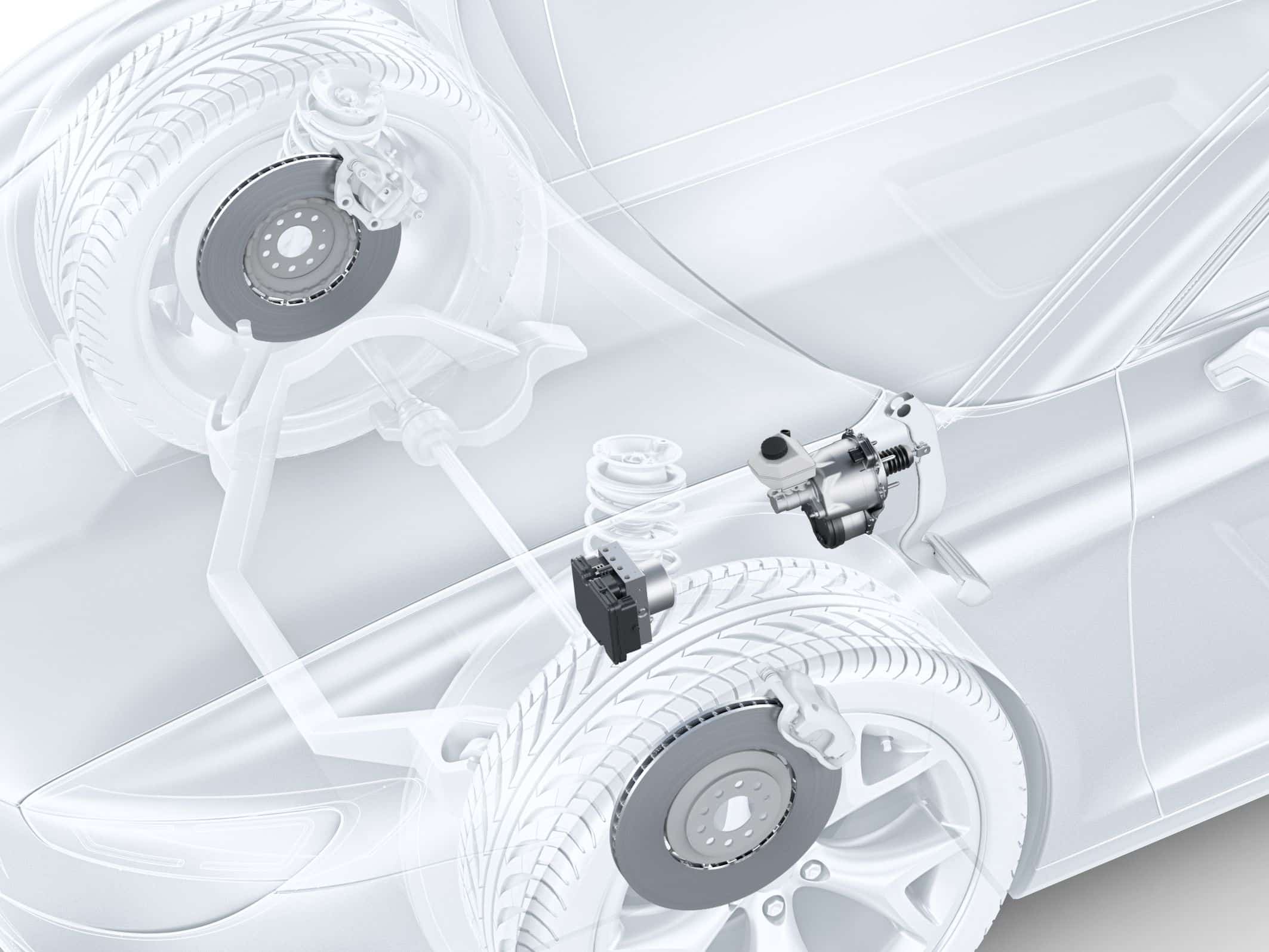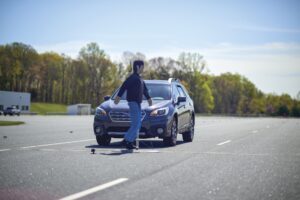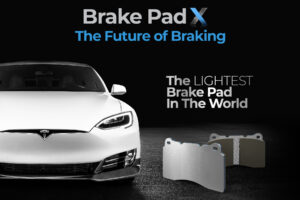STUTTGART AND MUNICH, Germany – Vehicles are an integral part of today’s digital world. In the future, new functions for connectivity, automation, personalization, and highly efficient powertrains will increasingly be delivered by software and smart hardware. Bosch is equally at home in both domains: from brakes, steering systems, and electric powertrains to sensors, vehicle computers, and software solutions, the supplier of technology and services develops and manufactures the key components of modern vehicles under one roof.
Bosch will be presenting its latest fascinating solutions for safe and sustainable mobility at IAA Mobility 2023 in Munich. Hardware, software, and new services for the mobility sector will be on show at the Bosch booth in hall B3, booth D10.
Enhanced brake systems:
The latest generation of Bosch’s electronic stability program (ESP®) is a key component of modern brake systems. Combined with the electromechanical brake booster, iBooster, it ensures the requisite brake system redundancy during automated driving, provides a high degree of brake pressure build-up dynamics for automatic emergency braking, and improves the efficiency of braking energy recuperation in hybrid and electric vehicles. Vehicle dynamics control 2.0 is the new core control system of ESP®. Based on sensor information, it anticipates vehicle behavior and intervenes proactively.
Sensors for precise surround sensing:
Surround sensing is indispensable for automated driving functions. Bosch’s new radar sensors enable assisted and automated driving functions at SAE Levels 0 to 3. For the sixth generation of these radar sensors, Bosch has incorporated artificial intelligence. This new generation performs better at measuring distance, high speeds, and angular resolution; as a result, objects such as motorcycles can also be reliably detected across the entire field of view.
Bosch will also be presenting a new generation of ultrasonic sensors at the IAA. Thanks to AI-based height classification, these sensors offer more robust detection capabilities; this allows them, for example, to estimate the approximate height of an obstacle. Moreover, tripling of the echoes makes these sensors even more sensitive, enabling them to achieve quick and reliable detection of pedestrians and low-reflection objects, for example.
The portfolio is rounded off with new camera housings. Image analysis no longer takes place in the camera itself, but rather in central vehicle computers such as Bosch’s ADAS Integration Platform. Available in 3- and 8-megapixel variants, plus the option of a 12-megapixel version for Level 4 applications, the camera housings are at the cutting edge of image sensor technology.
Smart software
New functions for greater efficiency, safety, and comfort are increasingly being introduced into vehicles through smart software. This trend affects not only product development and product use, but also the way in which people experience mobility. It also enables new business and collaboration models.
Surround sensing as a standalone software module:
Video-based surround sensing plays a key role on the journey from assisted to automated driving. Various camera sensors capture images of the vehicle’s surroundings and process this data in a way that allows it to be used for more advanced driver assistance and automated driving and parking functions. Bosch video perception is a purely software solution that can be deployed on various systems-on-a-chip (SoCs).
Fast and reliable development of automated driving:
Bosch subsidiary ETAS is launching a special middleware as a link between the operating system and individual software applications in the vehicle. This solution allows software functions for driver assistance and automated driving to be continuously improved. It enables instant communication between software applications at a bandwidth of more than 10 gigabytes per second (GB/s) without compromising security. Deterministic behavior allows many development steps to be performed virtually with recorded real data. Reproducible simulation-based validation makes it possible to reduce the number of costly test-drive kilometers in real traffic conditions.
Boosting safety with assistance systems:
Bosch driving assist makes driving safer and more comfortable. By putting together their desired package of functions from a modular system of longitudinal and lateral guidance, automatic lane change, and emergency braking, vehicle manufacturers can implement SAE Level 2 automated driving functions.
The most advanced variant, Bosch driving assist premium, uses a 360-degree camera belt to expand the application of automated driving functions from the freeway to urban and rural traffic situations.
To view the entire, comprehensive announcement of Bosch’s IAA Mobility 2023 activites, click HERE.








